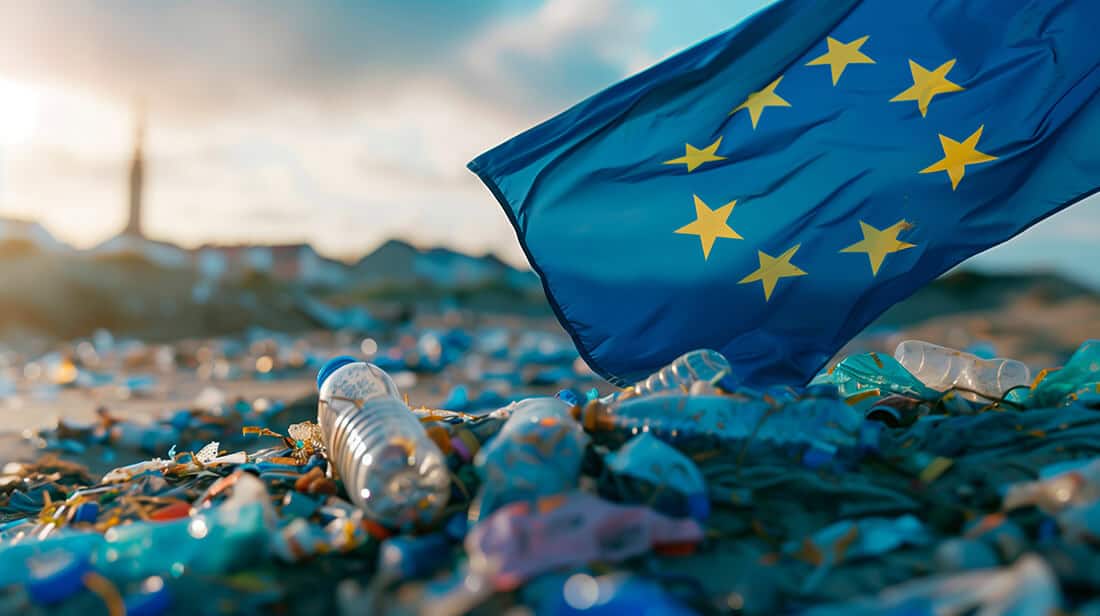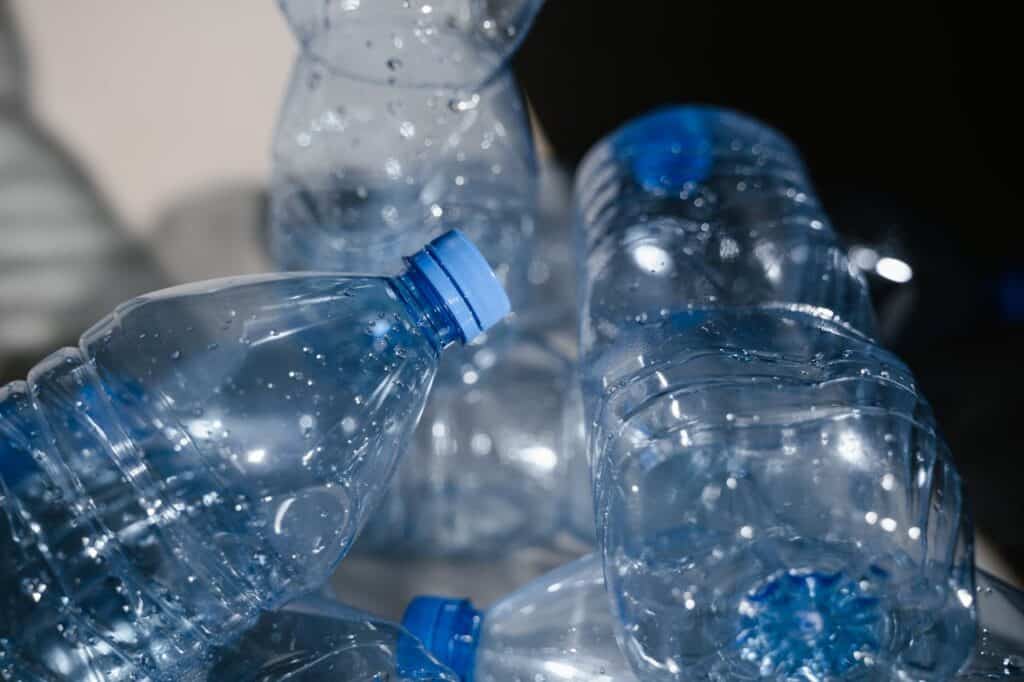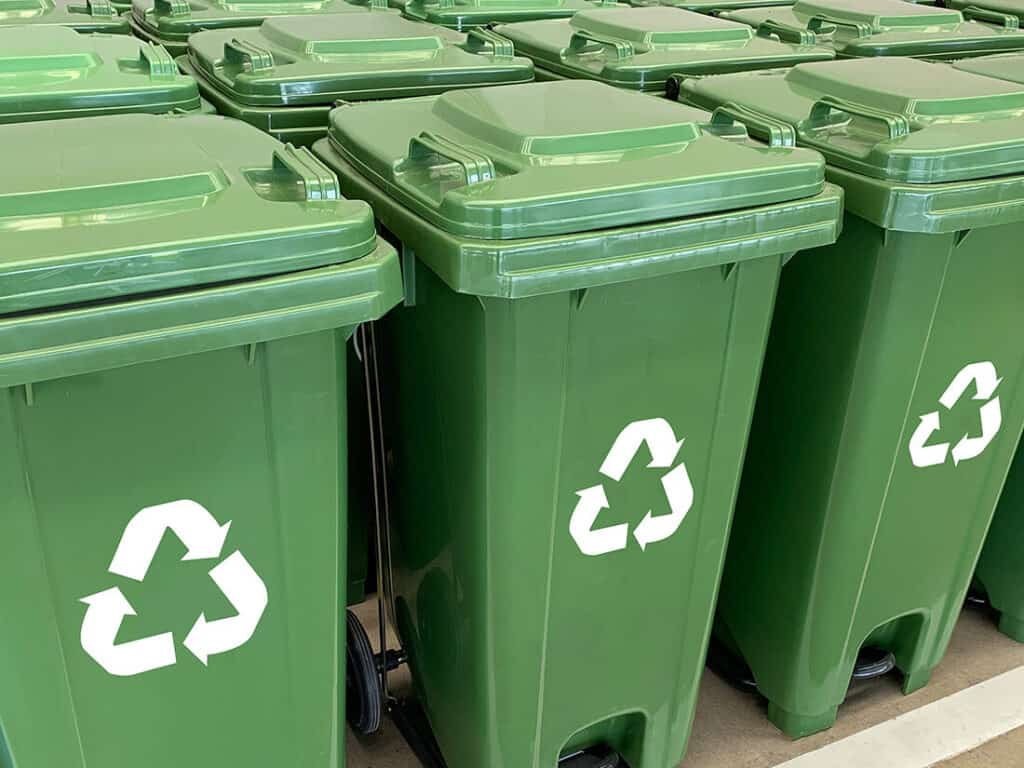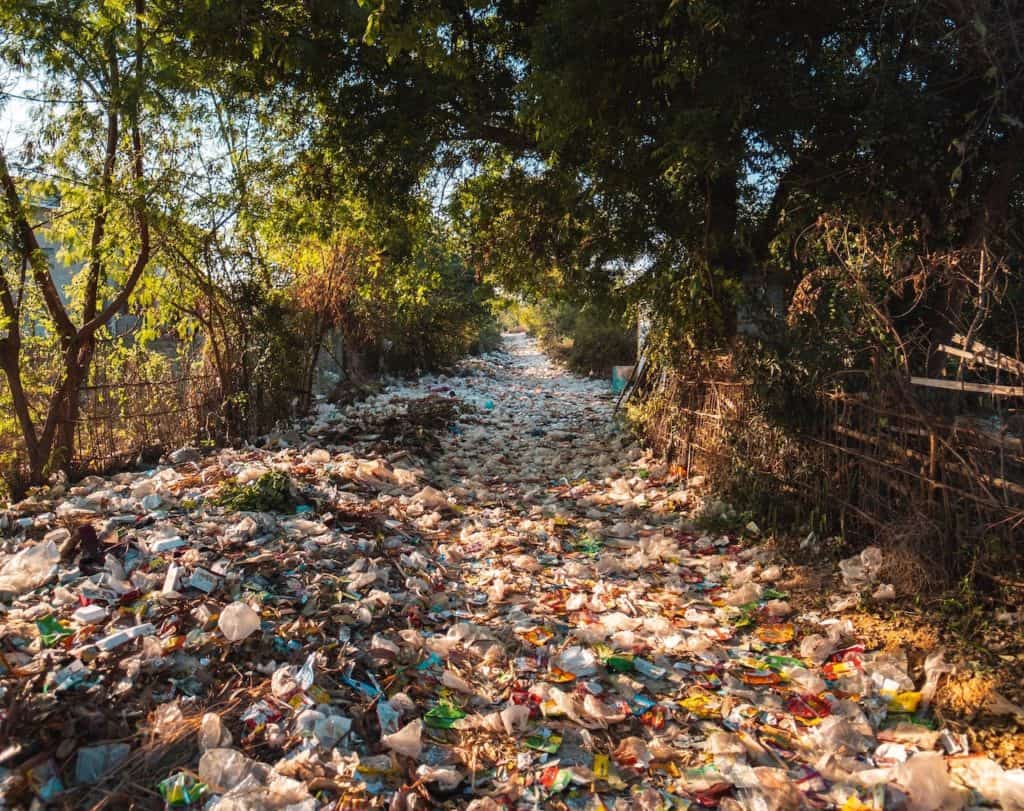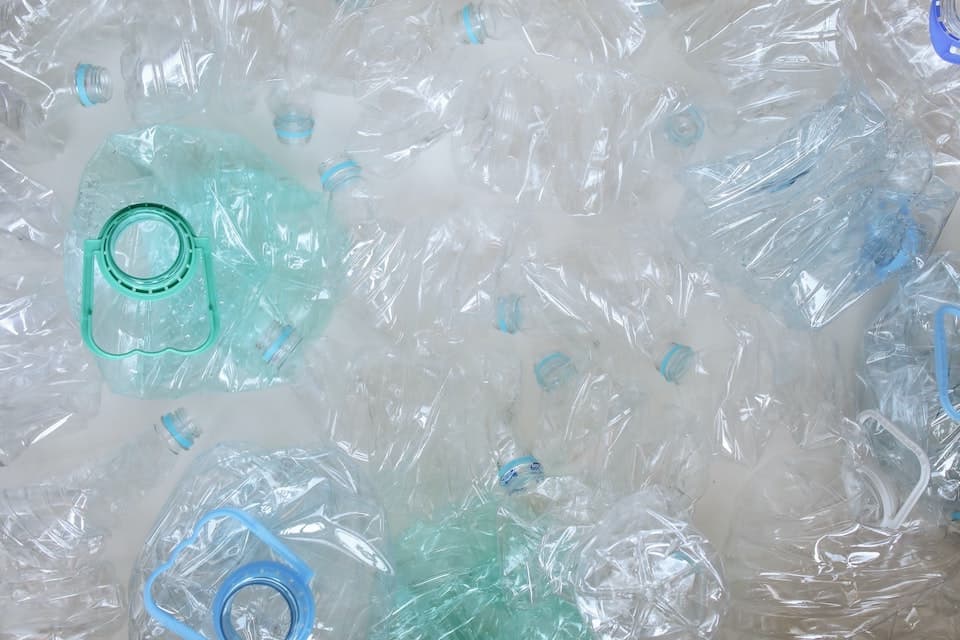The European Union is making significant strides towards a more sustainable future, driven by its ambitious recycling targets and environmental policies. With the clock ticking, EU members are working diligently to meet new benchmarks aimed at reducing packaging waste, increasing recycling rates, and mitigating pollution.
This article explores the key recycling statistics and milestones for 2024, as well as the role of leading nations in setting the standard for global recycling efforts.
4 EU Recycling Statistics 2024
At least 65% of all packaging waste must be recycled by 31 December, 2025, and at least 70% by 31, December 2030
Under the European Commission’s Packaging and Packaging Waste Directive, at least 65 percent of all packaging waste must be recycled by 31 December, 2025, and at least 70 percent by 31, December 2030.
These milestones are essential to moving the EU towards a circular economy, where materials are reused and recycled. This reduces the need for virgin resources and minimises environmental impacts such as pollution and resource depletion.
90% of single-use plastic and metal beverage containers (up to three litres) will have to be collected separately
Certain single-use plastic packaging types will be banned from 1 January 2030. By 2029, 90% of single-use plastic and metal beverage containers (up to three litres) will have to be collected separately. This includes items like plastic water bottles, soft drink cans, and juice containers that are commonly used on the go and frequently discarded improperly.
By separating these items at the source, the EU aims to ensure higher recycling rates and reduce plastic leakage into the environment. This move is crucial in reducing the harmful effects of microplastics on marine ecosystems and human health.
Furthermore, this collection initiative is complemented by the EU’s broader ban on certain single-use plastics, which is set to take effect on 1 January 2030. By restricting problematic plastic types and boosting collection rates, the EU is making significant strides toward curbing plastic pollution.
As part of the EU Green Deal, plastic recycling rates should reach 55% by 2030
Achieving a 55% recycling rate for plastics by 2030 will require investments in recycling infrastructure, technology, and innovation. The focus will be on developing more efficient sorting and reprocessing facilities and increasing the market for recycled plastics.
The EU also aims to incentivise producers to design plastics that are easier to recycle, known as eco-design, to make these targets more achievable.
In 2024, Germany is the country that has the highest recycling rate in the world
Germany continues to be a global leader in recycling in 2024, with the highest recycling rate in the world. Germany has long been at the forefront of waste management practices, thanks to its comprehensive recycling systems, including the dual system for packaging and widespread deposit return schemes.
How The EU Is Combating Waste
As the EU intensifies its efforts to combat waste and promote sustainable resource use, these 2024 recycling statistics offer a glimpse into the region’s progress toward its future goals.
With ambitious targets for packaging waste and plastic recycling, combined with initiatives to curb single-use plastics, Europe is moving steadily toward a more eco-friendly economy.
As deadlines approach, the EU’s commitment to recycling will play a pivotal role in shaping a cleaner, greener future for both Europe and the planet.

